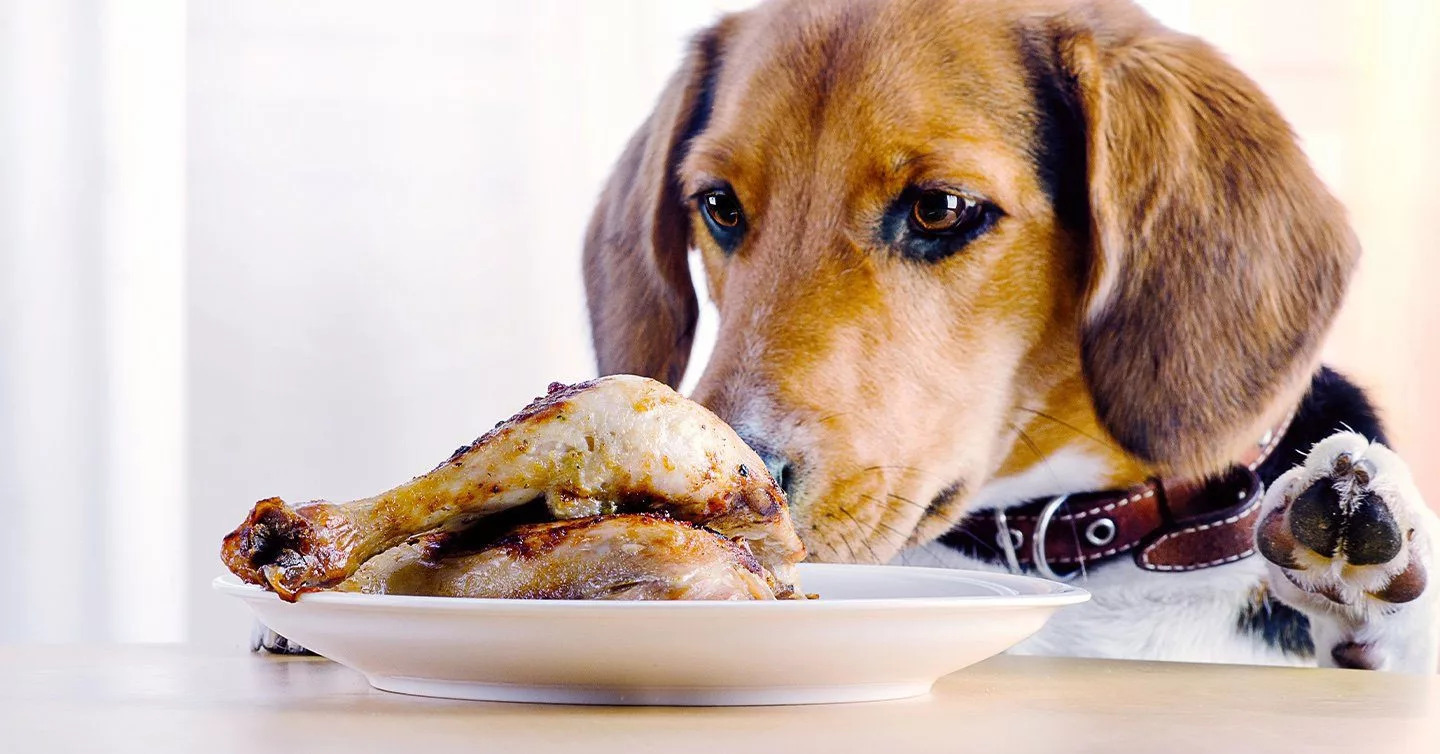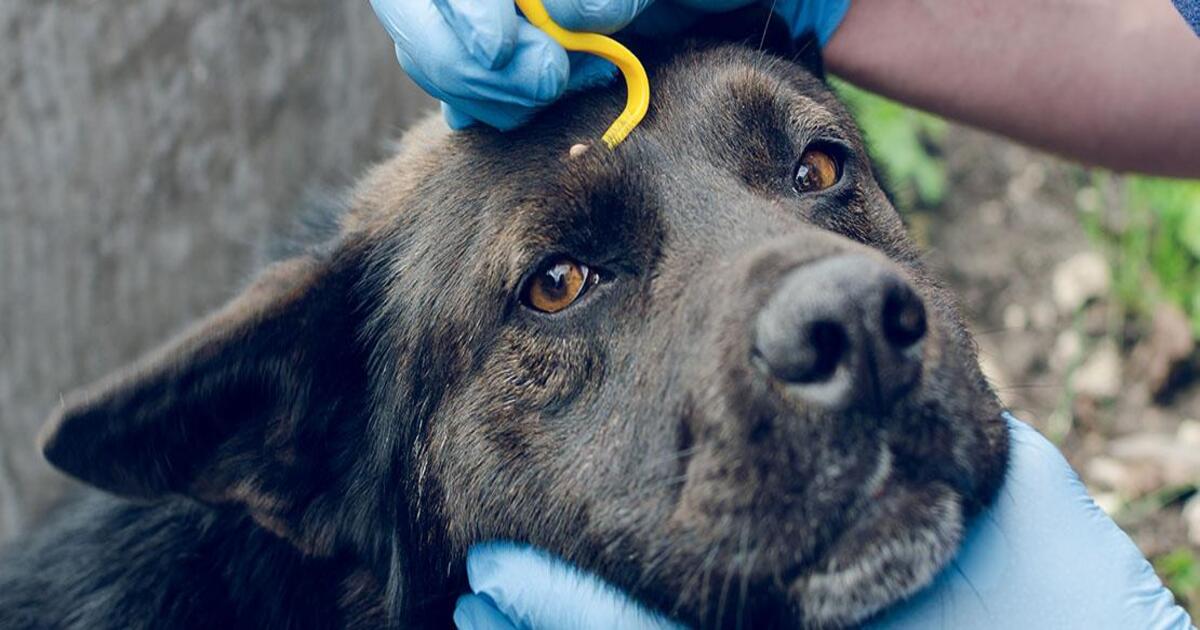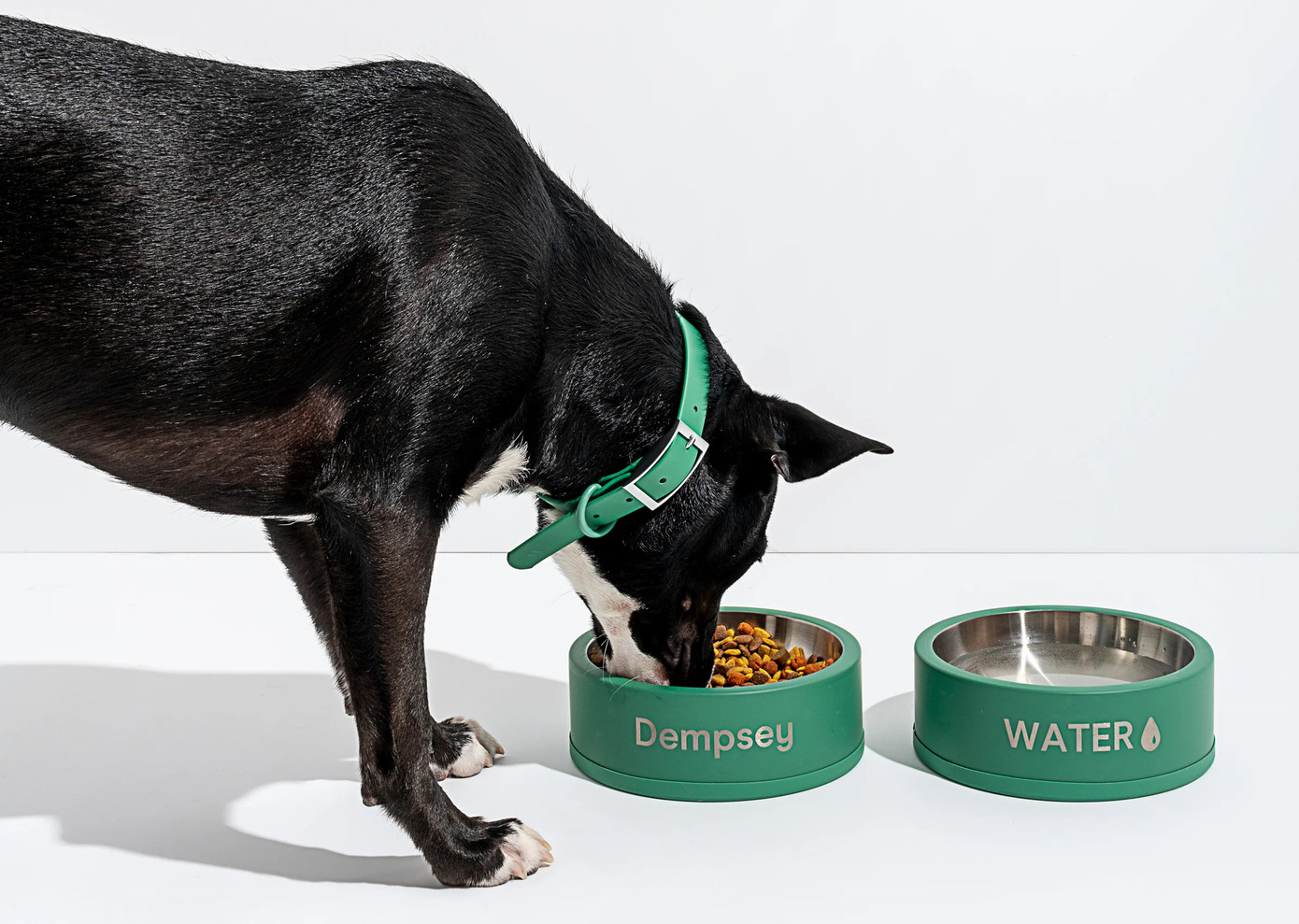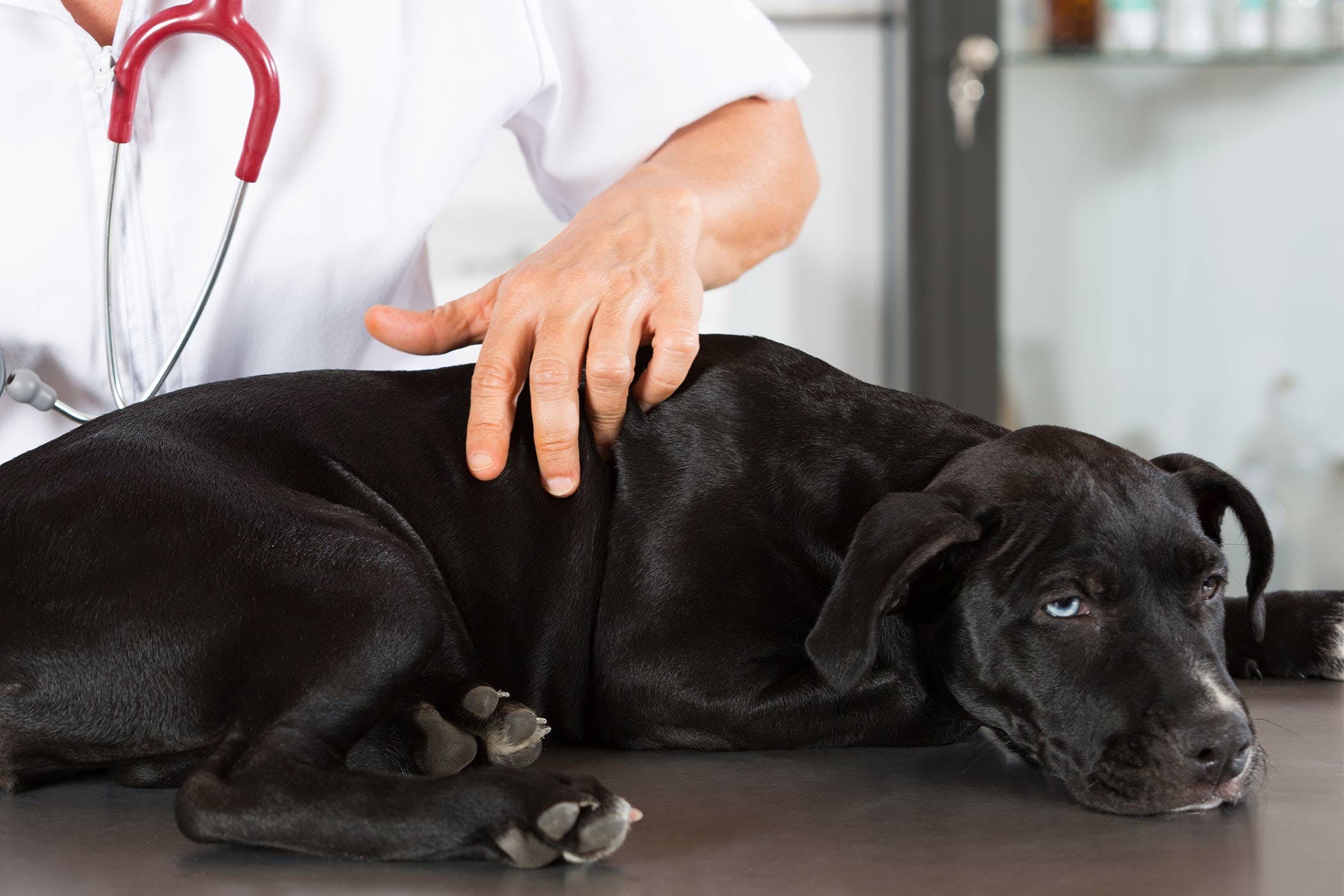Home>Health & Wellness>Common Health Issues>What To Do For A Dog That Has Cancer
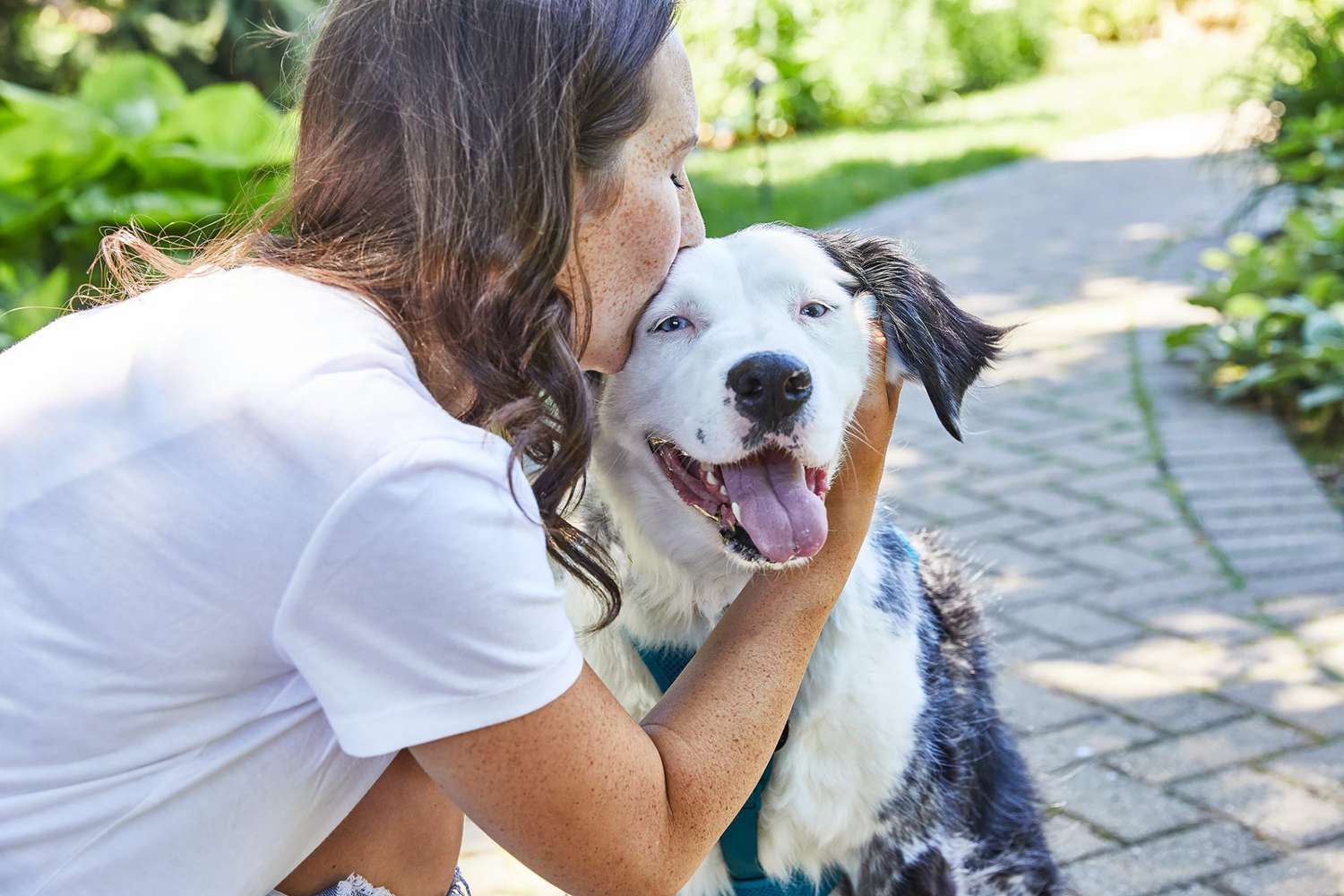

Common Health Issues
What To Do For A Dog That Has Cancer
Published: February 4, 2024
Learn about common health issues in dogs, including cancer, and discover what you can do to help your furry friend through their battle with this disease.
(Many of the links in this article redirect to a specific reviewed product. Your purchase of these products through affiliate links helps to generate commission for Pawsomeoldies.com, at no extra cost. Learn more)
Table of Contents
Introduction
Cancer is a devastating diagnosis for anyone, and the same holds true for our beloved canine companions. As a dog owner, discovering that your furry friend has cancer can be overwhelming and distressing. However, it's important to remember that you are not alone in this journey. With the right knowledge, support, and resources, you can navigate through this challenging time and provide the best possible care for your dog.
In this comprehensive guide, we will explore the various aspects of canine cancer, including understanding the disease, recognizing its signs and symptoms, available diagnosis and treatment options, as well as how to support your dog through the treatment process. Additionally, we will delve into the crucial considerations for maintaining your dog's quality of life and making end-of-life decisions with compassion and understanding.
Our aim is to equip you with the information and insights necessary to make informed decisions and provide the best care for your dog throughout their battle with cancer. While the journey ahead may seem daunting, it's important to approach it with a sense of hope, resilience, and a deep commitment to ensuring the well-being of your canine companion.
By gaining a deeper understanding of canine cancer and the available resources, you can empower yourself to be a source of strength and support for your dog. Together, we can navigate through this challenging terrain and strive to provide the best possible quality of life for our furry friends, no matter the circumstances.
Read more: What Can I Do If My Dog Has Nose Cancer
Understanding Canine Cancer
Canine cancer, much like its human counterpart, is a complex and multifaceted disease that can affect dogs of all breeds, ages, and sizes. It refers to the abnormal and uncontrolled growth of cells within a dog's body, leading to the formation of tumors or the invasion of surrounding tissues. These tumors can be benign or malignant, with the latter posing a more serious threat to a dog's health.
There are various types of cancer that can affect dogs, including but not limited to lymphoma, mast cell tumors, osteosarcoma, melanoma, and mammary gland tumors. Each type of cancer presents its own set of challenges and considerations, and the symptoms and prognosis can vary widely depending on the specific form of cancer.
While the exact causes of canine cancer remain elusive, certain risk factors have been identified. These include genetic predisposition, environmental factors such as exposure to carcinogens, age, and immune system deficiencies. Additionally, certain breeds have been found to be more susceptible to specific types of cancer, highlighting the genetic component of the disease.
Understanding the nature of canine cancer is crucial for dog owners, as it enables them to recognize potential symptoms, seek timely veterinary care, and make informed decisions regarding their dog's treatment and well-being. By familiarizing themselves with the fundamentals of canine cancer, dog owners can become proactive advocates for their pet's health, working in tandem with veterinary professionals to provide the best possible care.
In the next sections, we will delve into the signs and symptoms of cancer in dogs, available diagnosis and treatment options, as well as the essential considerations for supporting a dog through cancer treatment and maintaining their quality of life. By gaining a comprehensive understanding of these aspects, dog owners can navigate the challenges of canine cancer with greater confidence and compassion, ultimately striving to ensure the best possible outcomes for their beloved pets.
Signs and Symptoms of Cancer in Dogs
Recognizing the signs and symptoms of cancer in dogs is crucial for early detection and timely intervention. While the specific indicators can vary depending on the type and location of the cancer, there are several common signs that dog owners should be vigilant about. These include:
Unusual Lumps or Bumps
One of the most noticeable signs of cancer in dogs is the presence of abnormal lumps or bumps on the body. These may appear beneath the skin or in the form of swelling or masses that can be felt during physical examination. It's essential for dog owners to regularly check their pet's body for any new or changing lumps, as early detection can significantly impact the prognosis and treatment options.
Changes in Appetite and Weight Loss
Cancer can affect a dog's appetite, leading to a noticeable decrease in food consumption or, in some cases, increased hunger. Additionally, unexplained weight loss despite a consistent diet can be indicative of an underlying health issue, including cancer. Monitoring your dog's eating habits and body weight can provide valuable insights into their overall health.
Read more: What Happens When A Dog Has Stomach Cancer
Persistent Lethargy and Weakness
Dogs with cancer may exhibit prolonged periods of lethargy, where they seem unusually tired or disinterested in activities they previously enjoyed. Weakness and reluctance to engage in physical activities can also be signs of an underlying health concern, prompting the need for a thorough veterinary evaluation.
Changes in Behavior and Activity Levels
Behavioral changes, such as increased irritability, restlessness, or withdrawal, can be indicative of pain or discomfort associated with cancer. Similarly, a noticeable decrease in activity levels, reluctance to exercise, or difficulty in performing routine movements may signal the presence of an underlying health issue, including cancer.
Respiratory and Digestive Symptoms
Certain types of cancer, such as lung tumors or gastrointestinal cancers, can manifest in respiratory or digestive symptoms. These may include persistent coughing, difficulty breathing, vomiting, diarrhea, or changes in bowel habits. Any unexplained or persistent respiratory or digestive issues should prompt a thorough veterinary assessment.
Persistent Lameness or Difficulty in Movement
Cancer affecting the bones, joints, or soft tissues can lead to persistent lameness, limping, or difficulty in movement. Dogs may exhibit signs of pain or discomfort when walking, running, or engaging in physical activities, indicating the need for a comprehensive evaluation by a veterinary professional.
Unexplained Bleeding or Discharge
Unusual bleeding from the nose, mouth, ears, or other bodily orifices, as well as abnormal discharge, should never be overlooked. These symptoms can be indicative of various types of cancer, and prompt veterinary attention is essential to determine the underlying cause and initiate appropriate treatment.
Changes in Urination and Defecation
Cancer affecting the urinary or digestive systems can lead to changes in urination and defecation patterns. These may include blood in the urine or stool, difficulty in urination or defecation, or changes in frequency. Any alterations in these bodily functions warrant prompt veterinary evaluation.
By remaining vigilant and observant of these potential signs and symptoms, dog owners can play a proactive role in the early detection of cancer in their pets. Timely veterinary assessment and diagnosis are critical for initiating appropriate treatment and maximizing the chances of a positive outcome for dogs battling cancer.
Diagnosis and Treatment Options
Upon observing potential signs and symptoms of cancer in their dogs, owners should promptly seek veterinary care for a comprehensive evaluation. The diagnostic process typically involves a thorough physical examination, medical history review, and various diagnostic tests to confirm the presence of cancer and determine its type, extent, and potential treatment options.
Diagnostic Procedures
Veterinarians may employ a range of diagnostic procedures to assess a dog's health and identify the presence of cancer. These may include blood tests to evaluate organ function and detect abnormalities, imaging studies such as X-rays, ultrasounds, or MRIs to visualize internal structures and identify potential tumors, as well as tissue biopsies to obtain samples for microscopic examination and definitive cancer diagnosis.
Treatment Modalities
The treatment approach for canine cancer is multifaceted and depends on factors such as the type of cancer, its stage, the dog's overall health, and the owner's preferences. Common treatment modalities include:
-
Surgery: Surgical removal of tumors or affected tissues is a common approach for localized cancers. It aims to eliminate cancerous growths and prevent their spread to other parts of the body.
-
Chemotherapy: This treatment involves the use of medications to target and destroy cancer cells. It can be administered orally or intravenously and is often employed to manage systemic or metastatic cancers.
-
Radiation Therapy: Utilizing high-energy radiation beams, this treatment aims to shrink tumors, alleviate pain, and slow the progression of cancer. It is often used in conjunction with surgery or chemotherapy.
-
Immunotherapy: This innovative approach harnesses the dog's immune system to recognize and attack cancer cells. It can be a promising option for certain types of cancer and is continually evolving in veterinary medicine.
-
Palliative Care: In cases where a cure may not be achievable, palliative care focuses on enhancing a dog's quality of life and managing symptoms to minimize discomfort and distress.
Collaborative Decision-Making
The decision-making process regarding a dog's cancer treatment involves close collaboration between the veterinary team and the owner. It is essential for owners to openly discuss their concerns, preferences, and expectations with the veterinary professionals, who can provide valuable insights, guidance, and support throughout the treatment journey.
By actively participating in the decision-making process, owners can ensure that their dog receives personalized and compassionate care that aligns with their specific needs and circumstances. This collaborative approach fosters a sense of empowerment and enables owners to make informed choices regarding their dog's treatment and well-being.
In navigating the complexities of canine cancer diagnosis and treatment, it is important for owners to seek support from veterinary professionals, educate themselves about available options, and approach the journey with a sense of resilience and compassion. By working in tandem with the veterinary team and remaining dedicated to their dog's care, owners can strive to provide the best possible outcomes for their beloved pets in the face of cancer.
Supporting Your Dog Through Cancer Treatment
Supporting a dog through cancer treatment is a multifaceted and emotionally challenging journey for both the pet and their owner. It requires a combination of compassion, patience, and proactive involvement to ensure the best possible quality of life for the dog during this critical period.
Emotional Support and Comfort
Dogs undergoing cancer treatment may experience a range of emotional and physical changes, including discomfort, anxiety, and fatigue. Providing a nurturing and comforting environment is essential to help them cope with these challenges. This involves creating a quiet and peaceful space for rest, offering gentle reassurance and affection, and maintaining a consistent daily routine to provide a sense of security and stability.
Read more: What Happens When A Dog Has Colon Cancer
Nutritional Care and Monitoring
Proper nutrition plays a vital role in supporting a dog's overall health and well-being during cancer treatment. Working closely with the veterinary team to develop a tailored dietary plan that meets the dog's specific nutritional needs is crucial. Monitoring their appetite, weight, and hydration levels, and making necessary adjustments to their diet can help mitigate the impact of cancer and its treatment on their physical condition.
Pain Management and Symptom Relief
Cancer treatment can sometimes cause discomfort and pain for dogs. It is imperative to closely monitor their well-being and promptly address any signs of distress. Veterinary professionals can recommend and administer appropriate pain management strategies, which may include medications, physical therapy, or alternative therapies to alleviate discomfort and enhance the dog's overall comfort.
Exercise and Mental Stimulation
While cancer treatment may necessitate adjustments to a dog's activity levels, it is important to provide opportunities for gentle exercise and mental stimulation. Engaging in light activities, such as short walks, interactive play, or puzzle games, can help maintain their physical mobility and cognitive function, contributing to their overall well-being and quality of life.
Open Communication and Collaboration
Maintaining open and transparent communication with the veterinary team is essential throughout the cancer treatment process. This involves discussing any concerns, observing and reporting changes in the dog's condition, and actively participating in the decision-making process regarding their care. Collaborating with veterinary professionals fosters a supportive and informed approach to managing the dog's treatment and well-being.
Read more: What To Do If Your Dog Has Ticks
Unwavering Love and Companionship
Above all, providing unwavering love, companionship, and emotional support is paramount in helping a dog navigate through cancer treatment. Being present for them, offering gentle affection, and creating moments of joy and comfort can significantly impact their emotional resilience and overall outlook.
By embracing these supportive measures and remaining dedicated to their dog's care, owners can play a pivotal role in enhancing the quality of life for their beloved pet throughout the challenges of cancer treatment. It is through this unwavering commitment and compassion that the bond between a dog and their owner can truly shine, even in the face of adversity.
Quality of Life Considerations
Ensuring the quality of life for a dog undergoing cancer treatment is a paramount consideration for owners and veterinary professionals alike. It encompasses a holistic approach that prioritizes the physical comfort, emotional well-being, and overall happiness of the dog throughout their cancer journey. By focusing on quality of life considerations, owners can strive to provide their beloved pets with the best possible care and support, fostering a sense of dignity and contentment during this challenging period.
Physical Comfort and Pain Management: Managing a dog's physical comfort is a cornerstone of quality of life considerations. This involves implementing effective pain management strategies to alleviate any discomfort or distress caused by the cancer or its treatment. Veterinary professionals can prescribe medications, therapies, and supportive care measures to ensure that the dog's physical well-being is optimized, allowing them to experience greater comfort and mobility.
Emotional Well-being and Mental Stimulation: Cancer treatment can impact a dog's emotional state, leading to anxiety, stress, or changes in behavior. Providing ample opportunities for mental stimulation, interactive play, and positive social interactions can help mitigate these emotional challenges. Engaging in activities that stimulate the dog's mind and provide emotional enrichment contributes to their overall well-being and helps maintain a positive outlook despite the adversities they may face.
Nutritional Support and Dietary Management: Tailoring a dog's diet to meet their specific nutritional needs during cancer treatment is essential for maintaining their strength and vitality. Working closely with veterinary professionals to develop a nutritionally balanced and easily digestible diet can help support the dog's overall health and energy levels. Monitoring their appetite, weight, and nutritional intake is crucial in ensuring that they receive the necessary sustenance to combat the effects of cancer and its treatment.
Comfortable Living Environment: Creating a comfortable and nurturing living environment for a dog undergoing cancer treatment is pivotal in enhancing their quality of life. This involves providing a quiet and peaceful space for rest, ensuring access to soft bedding, and maintaining a comfortable ambient temperature. A serene and supportive environment can contribute to the dog's overall sense of well-being and aid in their recovery and emotional resilience.
Open Communication and Informed Decision-Making: Maintaining open communication with the veterinary team and actively participating in the decision-making process regarding the dog's care is fundamental to quality of life considerations. Discussing treatment options, expressing concerns, and seeking clarification on any aspect of the dog's health fosters a collaborative and informed approach to managing their well-being. This transparent communication empowers owners to make decisions that align with their dog's specific needs and circumstances, ultimately contributing to their quality of life.
By embracing these quality of life considerations and remaining dedicated to their dog's care, owners can create a nurturing and supportive environment that prioritizes the well-being and happiness of their beloved pet. It is through these thoughtful and compassionate measures that the bond between a dog and their owner can continue to thrive, even in the face of cancer.
Making End of Life Decisions
Navigating the end-of-life phase for a beloved dog is an emotionally challenging and deeply profound experience for any pet owner. When a dog is battling cancer, there may come a time when the progression of the disease and the associated decline in their quality of life prompt the need for end-of-life decisions. While contemplating these decisions is undoubtedly difficult, it is essential to approach this phase with compassion, empathy, and a deep commitment to ensuring the dog's comfort and dignity.
As a dog owner, recognizing the signs that indicate a decline in your pet's quality of life is crucial. These signs may include persistent and unmanageable pain, a significant loss of mobility and independence, a drastic decline in appetite and hydration, and a notable decrease in their engagement with the surrounding environment and interactions. Observing these indicators can guide you in assessing your dog's well-being and considering the appropriate course of action.
When faced with end-of-life decisions, it is important to engage in open and honest discussions with the veterinary team. Veterinary professionals can provide valuable insights, guidance, and support, helping you understand the available options and the potential impact of each decision on your dog's well-being. This collaborative approach fosters a sense of empowerment and ensures that you are well-informed as you navigate this sensitive phase.
One of the key considerations in making end-of-life decisions is evaluating the dog's quality of life and ensuring that their comfort and dignity are prioritized. Palliative care, which focuses on managing pain and discomfort while maintaining the dog's overall well-being, can be a compassionate option during this phase. It allows you to provide your dog with the necessary support and care, ensuring that they experience minimal distress and enjoy a sense of peace and tranquility.
In some cases, euthanasia may emerge as the most humane and compassionate choice for a dog whose suffering has become unmanageable. This decision, while incredibly difficult, allows you to spare your beloved pet from prolonged pain and distress, offering them a peaceful and dignified passage. Veterinary professionals can guide you through the process, ensuring that it is conducted with the utmost care, empathy, and respect for your dog's well-being.
Throughout this emotional journey, it is essential to prioritize your dog's comfort and well-being, while also acknowledging and processing your own emotions. Seeking support from friends, family, and even professional counselors can provide you with the emotional strength and resilience needed to navigate this challenging phase with compassion and understanding.
Ultimately, making end-of-life decisions for a dog battling cancer requires a profound sense of empathy, love, and a deep commitment to honoring their life and well-being. By approaching this phase with compassion and understanding, you can ensure that your beloved pet experiences comfort, dignity, and unwavering love as they transition with grace and peace.
Conclusion
In the face of a canine cancer diagnosis, the journey ahead may seem daunting and emotionally taxing for dog owners. However, it is essential to approach this challenging terrain with resilience, compassion, and a deep commitment to ensuring the best possible care for our beloved pets. Throughout this comprehensive guide, we have delved into the multifaceted aspects of canine cancer, from understanding the disease and recognizing its signs and symptoms to navigating through diagnosis, treatment, and end-of-life considerations.
Understanding the nature of canine cancer is crucial for dog owners, as it empowers them to recognize potential symptoms, seek timely veterinary care, and make informed decisions regarding their dog's treatment and well-being. By familiarizing themselves with the fundamentals of canine cancer, dog owners can become proactive advocates for their pet's health, working in tandem with veterinary professionals to provide the best possible care.
Recognizing the signs and symptoms of cancer in dogs is pivotal for early detection and timely intervention. By remaining vigilant and observant of these potential indicators, dog owners can play a proactive role in the early detection of cancer in their pets, ultimately impacting the prognosis and treatment options.
The diagnostic and treatment journey for canine cancer involves collaborative decision-making, where open communication and informed choices are paramount. By actively participating in the decision-making process, owners can ensure that their dog receives personalized and compassionate care that aligns with their specific needs and circumstances.
Supporting a dog through cancer treatment requires a multifaceted approach that encompasses emotional support, nutritional care, pain management, and unwavering love and companionship. By embracing these supportive measures and remaining dedicated to their dog's care, owners can play a pivotal role in enhancing the quality of life for their beloved pet throughout the challenges of cancer treatment.
In the end-of-life phase, making compassionate and informed decisions is essential to ensure a dog's comfort and dignity. This sensitive phase requires open communication, collaboration with the veterinary team, and a profound sense of empathy and love as owners navigate this emotionally challenging journey.
Ultimately, the journey through canine cancer is marked by resilience, compassion, and unwavering dedication to the well-being of our beloved pets. By equipping ourselves with knowledge, seeking support from veterinary professionals, and approaching the journey with empathy and understanding, we can strive to provide the best possible care for our dogs, no matter the circumstances. It is through this unwavering commitment and compassion that the bond between a dog and their owner can continue to thrive, even in the face of cancer.


